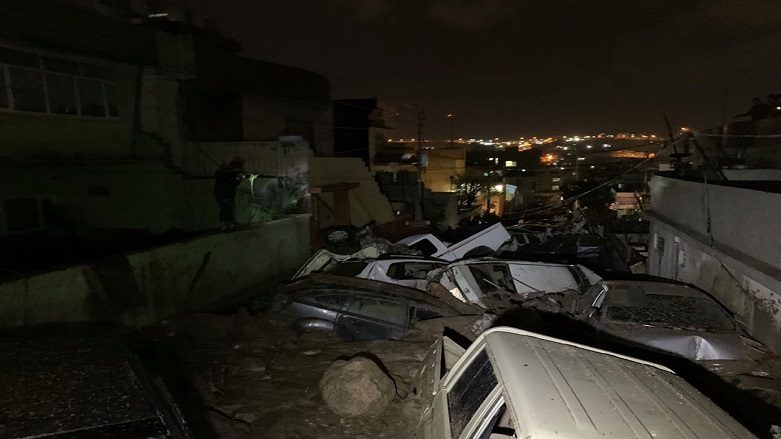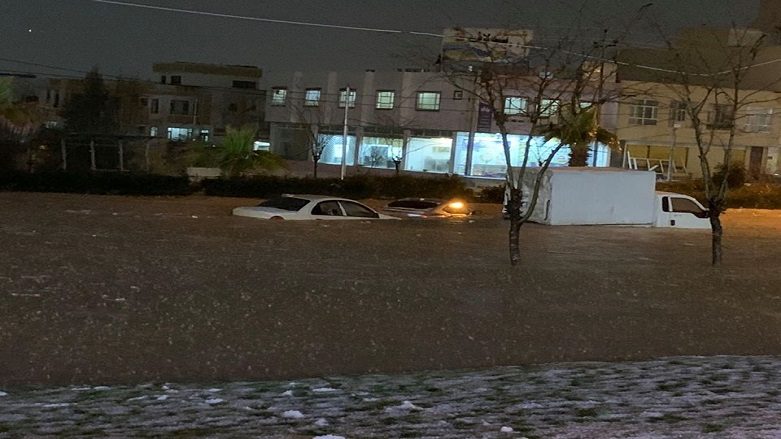
This is twice the average rainfall for March in Mosul and equivalent to about one-third of the year's expected rainfall. The result was thigh-deep flooding and boat rescue.
Mosul sits on the Tigris River and no doubt this heavy rain, much of which fell on Tuesday night, brought fears of the destructive events of early spring of 2019. The river then left its banks and caused death and destruction after heavy rain upstream.
In the town of Rabia, on the border with Syria, 187mm (7.4 inches) of rain was recorded on Wednesday.
This much or more fell further north in the hills and mountains of northern Syria and Turkey. This sort of rainfall creates landslides and flash floods. It also feeds the headwaters of the Tigris.
In the mountainous Turkish province of Hakkari, 20cm (7.9 inches) or more of snow was the result of this latest system.
This will translate into good news, as spring meltwater will keep the Tigris River flowing. With the Euphrates, further west, the Tigris is the irrigation supply of Iraq.




Reader Comments
to our Newsletter